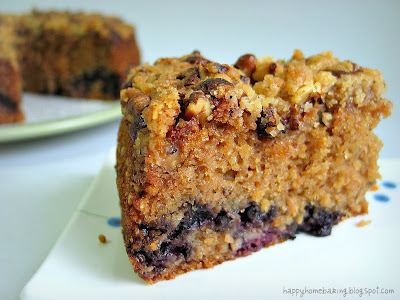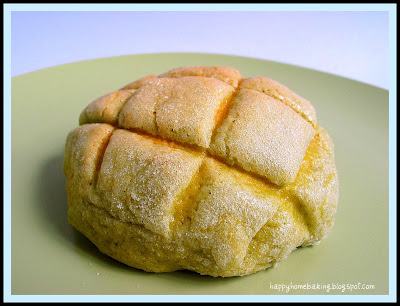The trouble all started when their irrigation waters were diverted upstream in the late 19th century. Their traditional diet of corn, beans, squash, fish, game meats and gathered plant foods became impossible. They became dependent on government food programs, which provided them with white flour, sugar, lard and canned goods. Now they are the subjects of scientific research because of their staggering health problems.
I'm happy to report that after more than 30 years of activism, lawsuits and negotiation, the Pima and neighboring tribes have reached an agreement with the federal government that will restore a portion of their original water. Of the 2 million acre-feet of water the Pima were estimated to have used since before the 16th century, the settlement will restore 653,500. An acre-foot is approximately the personal water use of one household. The settlement also provides federal funds for reconstructing old irrigation canals.
Now we will see how the Pima will use it. Will they return to an agricultural lifestyle, perhaps with the advantages of modern technology? Or will they lease the water rights for money and continue to live off Western foods? Perhaps some of both. They are definitely aware that Western food is causing their health problems, and that they could regain their health by eating traditional foods. However, white flour "fry bread", sugar and canned meat have been around for so long they are also a cultural tradition at this point. Only time will tell which path they choose.



















